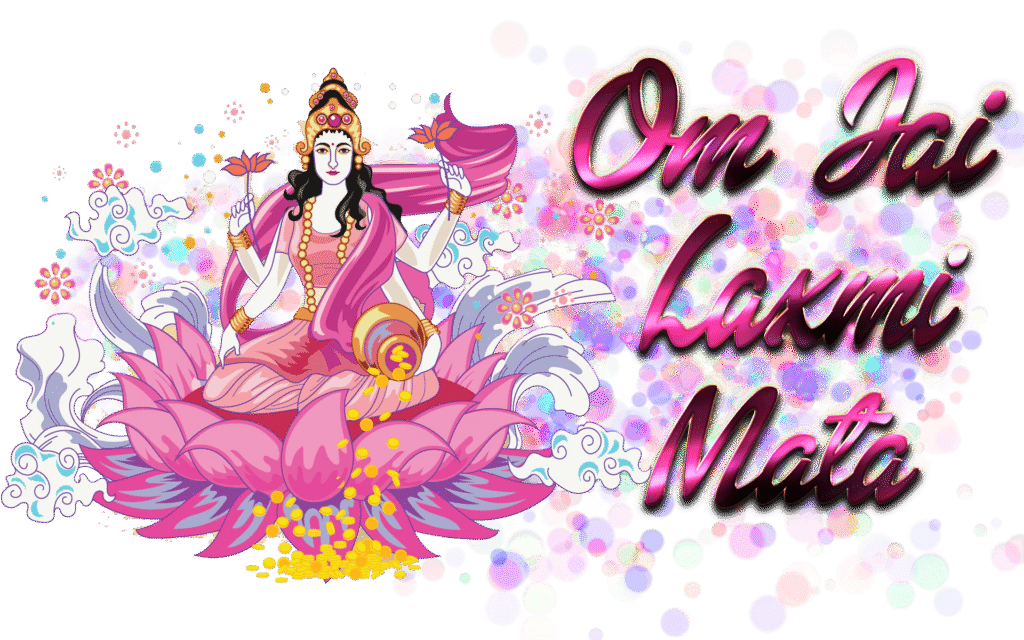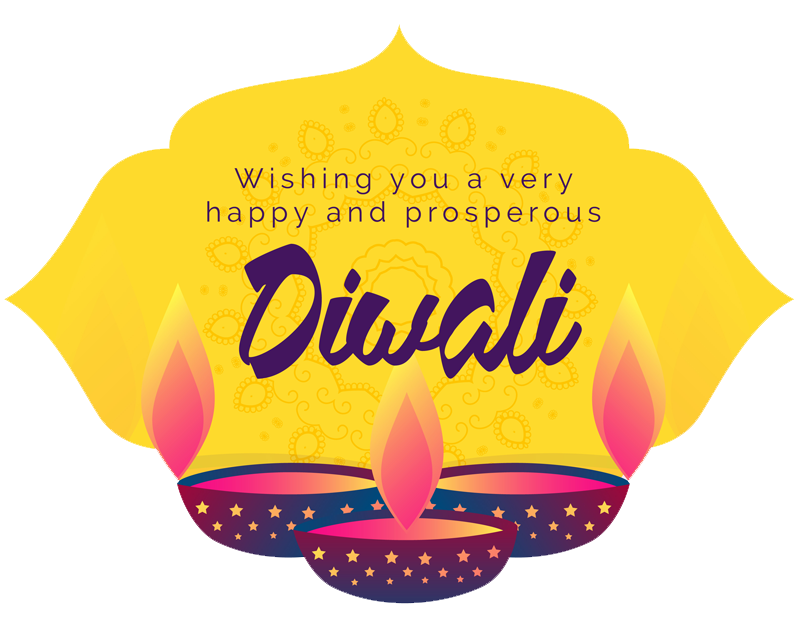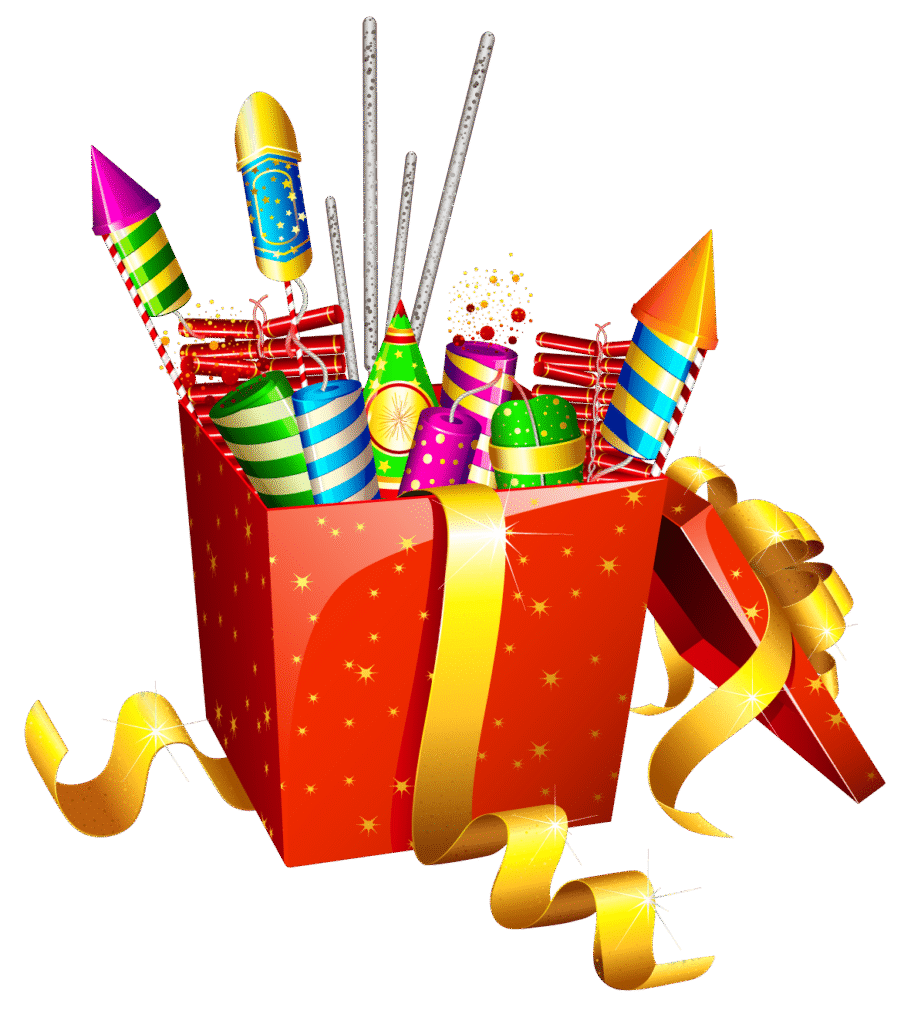Diwali in India – A Festival of Lights, Culture, and Celebration..
Diwali, also known as Deepavali, is one of the most widely celebrated and culturally significant festivals in India. Often referred to as the “Festival of Lights,” Dipawali symbolizes the triumph of light over darkness, good over evil, and knowledge over ignorance. Celebrated by millions of people across India and around the world, Dipawali unites families and communities in a shared spirit of joy, generosity, and hope.
for more
Historical and Mythological Significance..
Diwali has deep roots in Indian mythology and religious traditions. For Hindus, the festival commemorates various significant events depending on regional beliefs. The most widely accepted story is the return of Lord Rama to Ayodhya after 14 years of exile and his victory over the demon king Ravana. The people of Ayodhya lit lamps to welcome him home, symbolizing the victory of good over evil and light over darkness.
In other regions, Diwali marks the day Lord Krishna defeated the demon Narakasura. In West Bengal, it coincides with Kali Puja, where devotees worship the goddess Kali. For Jains, Diwali signifies the attainment of nirvana by Lord Mahavira. Sikhs celebrate Bandi Chhor Divas, marking the release of Guru Hargobind Sahib Ji and 52 princes from imprisonment. Thus, Diwali is a multifaceted festival with deep religious and spiritual meaning across different communities.
Five Days of Celebration..
Diwali is not just a single day of festivity but a five-day celebration, each with its own importance and traditions.

- Dhanteras – The festival begins with Dhanteras, a day considered auspicious for buying gold, silver, and utensils. It is believed that such purchases bring prosperity and good luck. Homes are cleaned and decorated, and lamps are lit to welcome the goddess of wealth, Lakshmi.
- Naraka Chaturdashi (Choti Diwali) – This day commemorates the victory of Lord Krishna over the demon Narakasura. People light oil lamps and burst firecrackers in the evening. It is also a day for beauty rituals and early morning oil baths in some parts of the country.
- Diwali (Lakshmi Puja) – The main day of the festival is dedicated to Lakshmi, the goddess of wealth and prosperity. Families perform Lakshmi Puja in the evening, lighting lamps and praying for blessings. Homes are decorated with rangoli (colorful patterns), flowers, and lights. Fireworks fill the night sky as people celebrate with sweets and gifts.
- Govardhan Puja – The fourth day is observed as Govardhan Puja or Annakut, particularly in North India. It commemorates the lifting of the Govardhan Hill by Lord Krishna to protect villagers from torrential rains. Devotees prepare and offer a large variety of vegetarian food to Lord Krishna.
- Bhai Dooj – The final day is Bhai Dooj, celebrating the bond between brothers and sisters. Sisters pray for the well-being of their brothers and apply a ceremonial tilak on their foreheads, while brothers give gifts in return.

Cultural and Social Aspects..
Diwali is much more than a religious festival; it is also a celebration of Indian culture, tradition, and family values. Preparations begin weeks in advance, with households being thoroughly cleaned and decorated. The markets come alive with lights, sweets, clothes, and festive goods. People buy new clothes, exchange gifts, and share traditional sweets like laddoos, barfis, and gulab jamuns.
One of the most striking features of Diwali is the illumination of homes with oil lamps (diyas), candles, and electric lights. Cities and villages alike transform into glowing landscapes, creating a magical ambiance that signifies hope and renewal.
Fireworks and crackers are a popular part of the celebrations, though in recent years, concerns over pollution have led to a growing emphasis on eco-friendly Diwali celebrations. Many people now opt for green crackers or celebrate with light and sound shows instead.
Diwali also has a strong economic impact. It is the peak season for shopping, especially in sectors like gold and jewelry, electronics, clothing, and home décor. For small businesses and artisans, this time often brings a significant portion of their annual income.
Modern Challenges and Responsible Celebrations..
While Diwali is a time of joy, it also brings challenges. Air pollution due to firecrackers, noise pollution, and an increase in waste are common concerns. Additionally, there is growing awareness about the impact of consumerism and the importance of celebrating in a sustainable manner.
Many communities and schools now promote “green Diwali” campaigns, encouraging people to use natural decorations, avoid crackers, and focus on charity and togetherness. The emphasis is shifting toward meaningful celebrations that reflect the true spirit of Diwali—light, love, and harmony.
Conclusion..

Diwali in India is a celebration that transcends religion, region, and language. It is a festival that brings people together in joy and reflection. Rooted in ancient traditions yet constantly evolving, Diwali reminds us of the importance of light—in our homes, in our hearts, and in the world around us. As families come together, lights are lit, and prayers are offered, Diwali continues to be a vibrant symbol of India’s rich cultural heritage and enduring values.